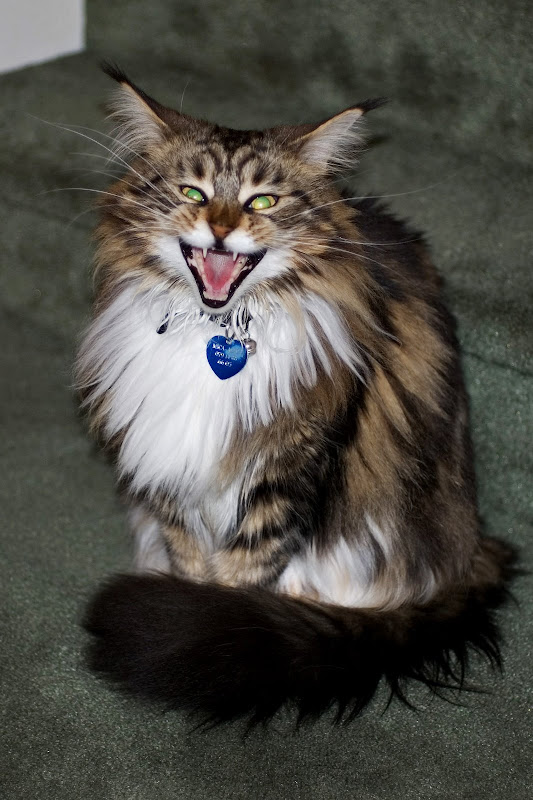LEAFLADY TO THE RESCUE
All the cats had purr frequencies between 20 Hz and 200 Hz. With the exception of the cheetah, which had frequencies ± 2 Hz from the rest, all the species had frequencies, notably 25 Hz, 50 Hz, 100 Hz, 125 Hz, and 150 Hz, that correspond exactly with the best frequencies determined by the most recent research for bone growth, fracture healing, pain relief, relief of breathlessness, and inflammation. All of the cats' purrs, including the cheetah, had frequencies ±4 Hz from the entire repertoire of low frequencies known to be therapeutic for all of the ailments.
That fact that the cats in this study produced frequencies that have been proven to improve healing time, strength and mobility could explain the purr's natural selection. After a day or night of hunting, purring could be likened to an internal vibrational therapeutic system, a sort of "kitty massage" that would keep muscles and ligaments in prime condition and less prone to injury. Additionally, the purr could strengthen bone, and prevent osteodiseases. Following injury, the purr vibrations would help heal the wound or bone associated with the injury, reduce swelling, and provide a measure of pain relief during the healing process.
That fact that the cats in this study produced frequencies that have been proven to improve healing time, strength and mobility could explain the purr's natural selection. After a day or night of hunting, purring could be likened to an internal vibrational therapeutic system, a sort of "kitty massage" that would keep muscles and ligaments in prime condition and less prone to injury. Additionally, the purr could strengthen bone, and prevent osteodiseases. Following injury, the purr vibrations would help heal the wound or bone associated with the injury, reduce swelling, and provide a measure of pain relief during the healing process.








Comment